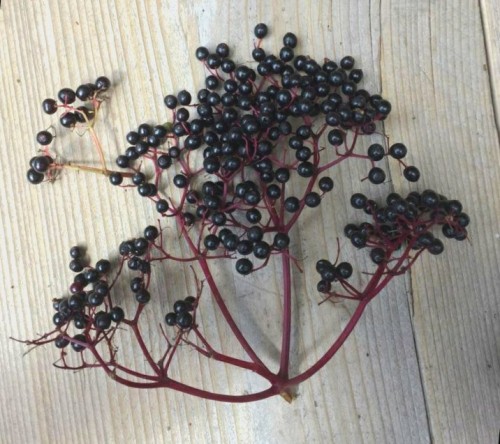
Elderberry season will nearly be upon us and, in some cases, they have matured to perfection and are ready to pick now. Traditionally it was thought that elder was an autumn harvest but possibly to global warming or to Walthamstow marshes microclimate and industrial estate pollution they are ripening in mid-August with a few exceptionally early if they are on the banks of a water course.
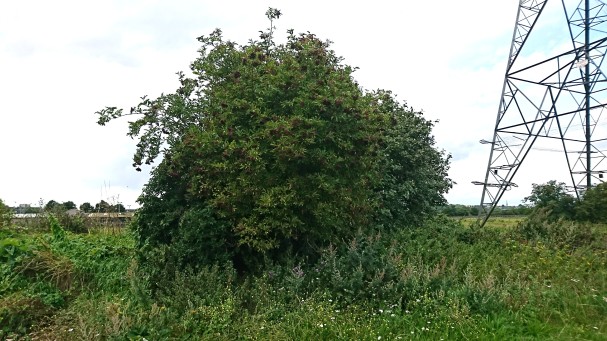
With a few exceptions of freeze-dried mail ordered packets, all elderberries will be foraged. Identifying an elder tree is important, many berries or trees look similar and some berries are inedible or poisonous. Elder trees are stout, scrubby-looking things up to 15ft tall with ill-defined trunks and thin branches. Leaves are almost always in clusters of five arranged two by two with one at the end, only a few sub-species vary and these are rare. In springtime, an elder tree will be covered with clusters of white/cream flowers with a lovely scent, often detectable even at 10 metres away so keep your eyes peeled all year. By the time the berries have grown, they will be an inky black with the weight of the berries making the red stems droop downwards. If in doubt The Woodland Trust has a very good tree identification app that can be down loaded for free!
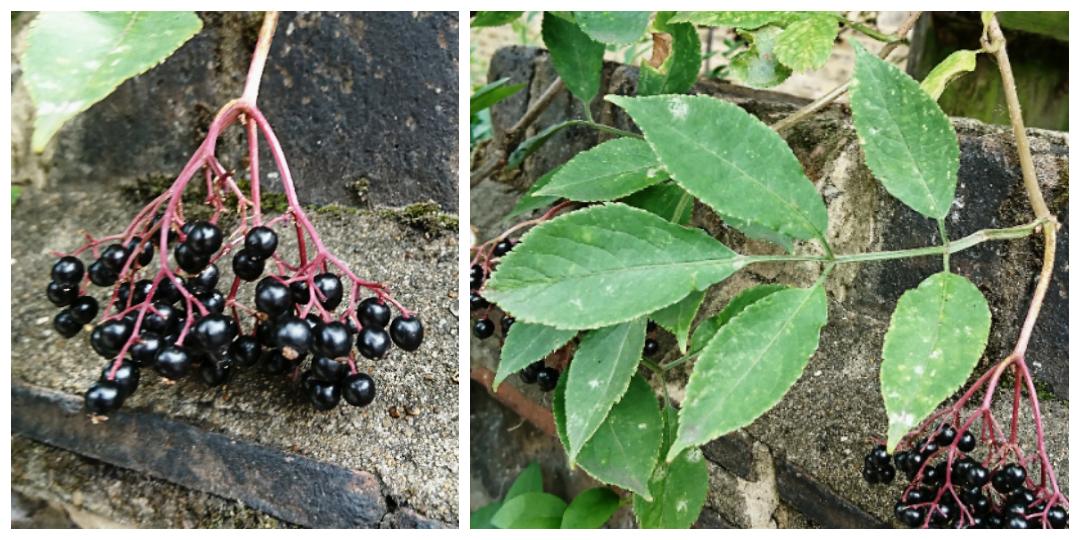
Always be sensible hunting for elderberries. Do not get trapped in a bog or fall down a ditch trying to get that last teasing beautiful ripe bunch of berries. Check if you need permission to forage – common land will always be OK but some forests have by-laws as they are managed eco systems, for example Epping Forest. Usually, these are to stop over eager mushroom-pickers but do not leave it to chance and be chased by PC Mountain-Bike. He is unusually fit despite his advanced size.
Elder trees are hardy things and can be seen in unlikely places – do not get temped by any on the side of a busy road chocked by diesel or in the middle of an industrial estate. Trees near still water tend to get mildew and cobweb-covered easily or infested with flies but that is not to say there won’t be anything useable. Ones by the side of running water seem to ripen the quickest as they have a huge reserve of water to plump up the berries while those on flatter dryer land will mature later. This can be used to your advantage if you are making a few batches as it can time with your primary fermenter. South-facing berries will mature earlier than those on other sides of the tree.
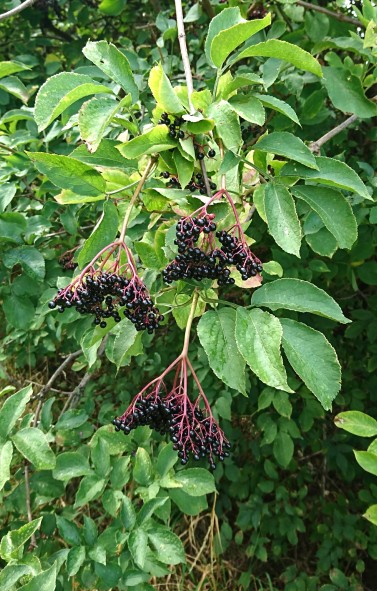
Elderberries are regarded as “the Englishman’s grape” as they make the best non-grape wine with a full-bodied taste due to the tannin already present in the skins. Elderberries are acidic to taste raw just like some wine grapes and totally at odds to a dessert grape. In my view, though generally not amazing to eat raw, the acidity and tannic taste has been over emphasised in recipes and guides. Mature berries mellow with acidity becoming less dominant and the “chlorophyll” or “fruit skin” taste retreating and a rounder more traditionally berry like taste developing. Most guides only say to pick when all the berries have turned a deep black but in reality you need to do more. Generally, the mature berries will be weighty and pull downwards but, if a number have been eaten by birds, they will remain rigid. The stems will have become red, and will be brittle and are easily snapped like a twig if they are mature. Before that, pick a few individual berries – they will pop off the stalk easily and be soft and squishy if rolled gently between a thumb and fore finger. Juice will be plentiful and viscous rather than the fleshier immature berries. Taste a few berries from each cluster for the definitive test. Acidity will have mellowed to be palatable with a velvety mouth-feel similar to a ripe blackberry and some sweetness, but not as a dominant as other berries. If the elderberry has a “plastic” or “artificial” taste, they still need time to mature on the tree.
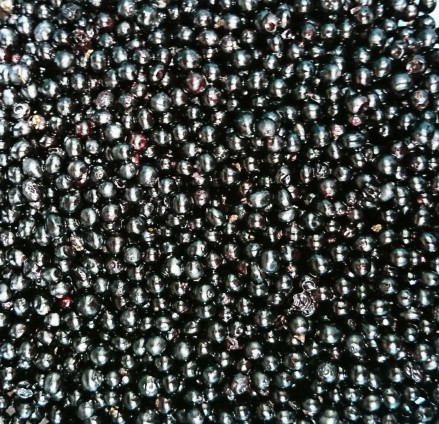
Two kilograms of elderberries are needed for an English gallon (4.5litres) of wine, which is probably 80 to 100 clusters of berries. They freeze well so you can easily pick over a few foraging trips to maximise the quality of your harvest. Always remove the red stems as much as possible, as this contains toxins and no one likes an upset tummy. The easiest way to do this is gently pull three or four berries gently at a time, though some swear a dinner fork works wonders. All parts of the elder tree contain toxins except mature berries and flowers. Do not get tempted to make a leaf wine or experiment with unripe green berries, do not handle the wood and stay well clear of the heavily toxic roots!
2 thoughts on “FORAGING ELDERBERRIES”